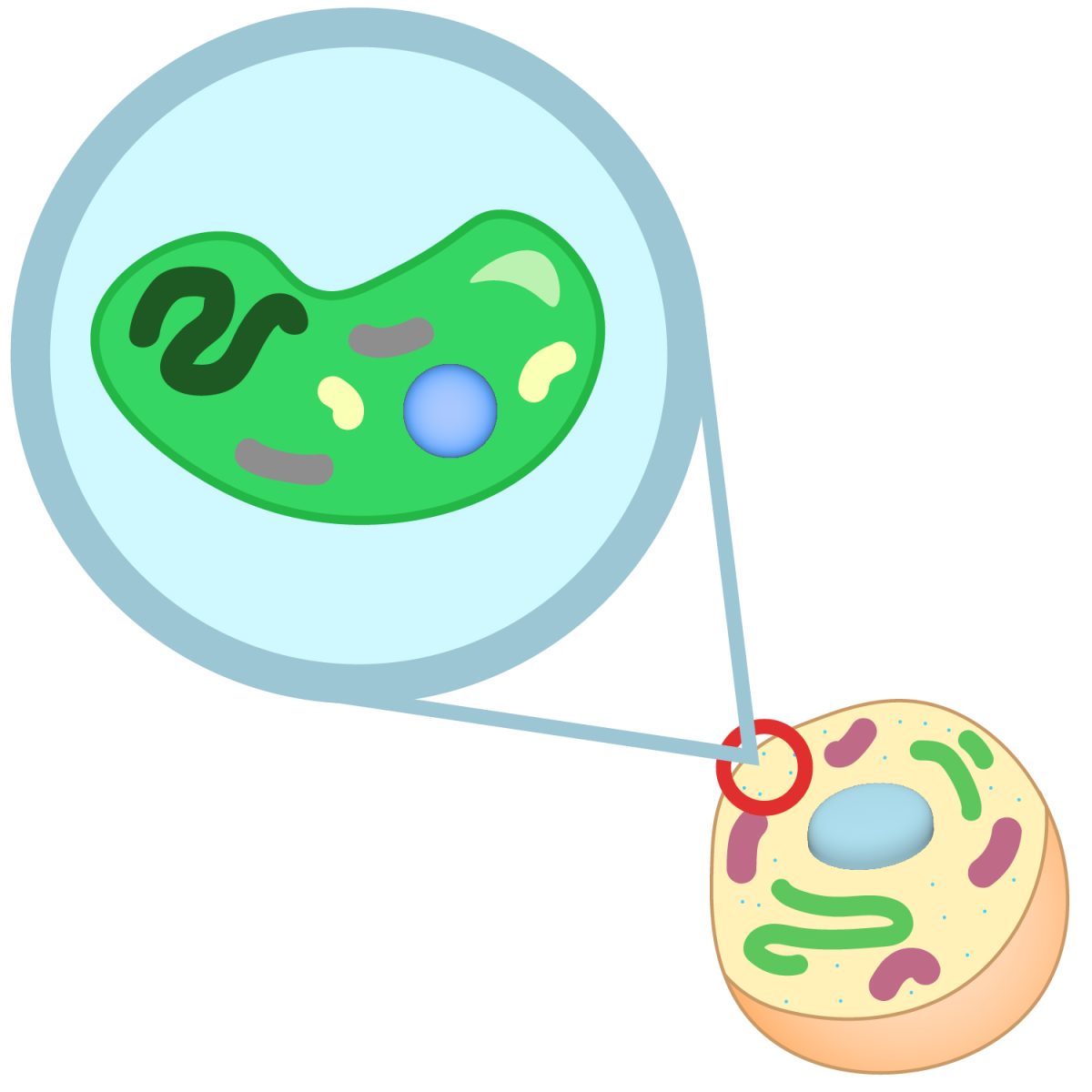It was previously thought that only bacteria possessed the capability to convert nitrogen gas into a form vital for sustaining life. This process, termed “nitrogen fixation,” was long considered exclusive to bacteria. However, a recent discovery has challenged this theory.
A team of international scientists at University of California-Santa Cruz have identified the first-known nitrogen-fixing organelle within a eukaryotic cell. This organelle is the fourth known example of primary endosymbiosis – the process in which a prokaryotic cell is engulfed by a eukaryotic cell and evolves into an organelle.
“It’s very rare that organelles arise from these types of things,” Tyler Coale said, a postdoctoral scholar at UC Santa Cruz and first author on one of two recent papers. “The first time we think it happened, it gave rise to all complex life.” he said, referring to the origins of the mitochondria. “A billion years ago or so, it happened again with the chloroplast, and that gave us plants.”
The third known example of primary endosymbiosis involves a microbe similar to a chloroplast. The newest discovery is the first example of a nitrogen-fixing organelle, which the researchers are calling a “nitroplast.”
In 1998, Jonathan Zehr, a professor at UC Santa Cruz, found a small piece of DNA from a type of nitrogen-fixing cyanobacteria in the Pacific Ocean. He and his team named it UCYN-A and studied it for years.
Around the same time, Kyoko Hagino, a paleontologist at Kochi University in Japan, was trying to grow a type of algae in the lab. After more than 300 attempts over ten years, she succeeded. It turned out that this alga was the host for UCYN-A. This allowed other researchers to begin studying UCYN-A and its alga host in a lab setting.
Initially, scientists thought UCYN-A was just living inside the algae, but recent research suggests it has evolved with the algae to fit the criteria for an organelle.
The growth of the host cell and UCYN-A are controlled by the exchange of nutrients. This synchronization in growth rates led the researchers to call UCYN-A “organelle-like.” “That’s exactly what happens with organelles,” Zehr said. “If you look at the mitochondria and the chloroplast, it’s the same thing: they scale with the cell.”
This discovery has the potential to change agriculture. Researchers have been trying to incorporate natural nitrogen-fixation into agriculture, in hopes of reducing carbon emissions. Currently, the Haber-Bosch process can synthesize ammonia, which helps produce 50% of the world’s food resources. This process is also responsible for 1.4% of the world’s global carbon emissions.
“This system is a new perspective on nitrogen fixation, and it might provide clues into how such an organelle could be engineered into crop plants,” Coale said.
Nitrogen-Fixing Organelle Discovered
0




